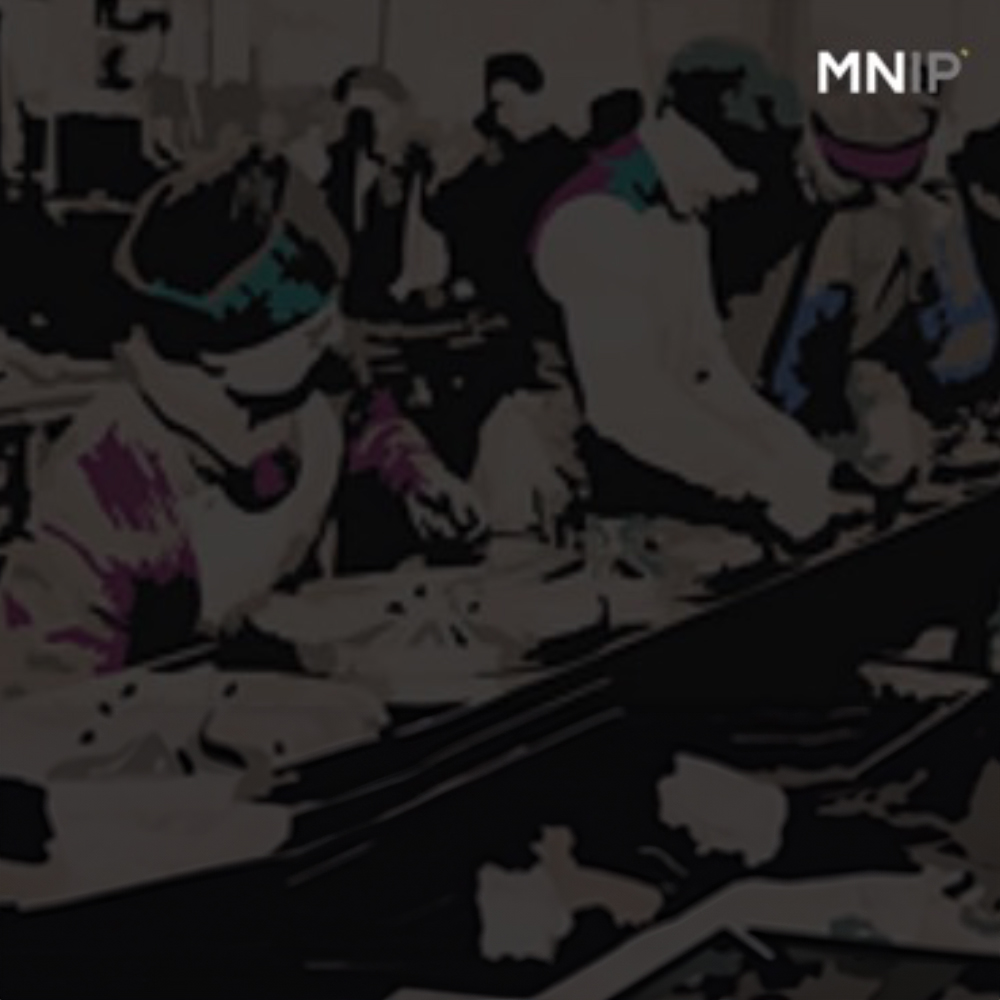 When addressing the fundamental criteria for patent eligibility (referencing art.8 of Law 9279/1996), there is substantial discussion surrounding “inventive activity” and “novelty“, yet little discourse concerning “industrial application“. In the following, we will explore a crucial aspect of industrial applications, namely fulfilling the “repeatability” requirement.
When addressing the fundamental criteria for patent eligibility (referencing art.8 of Law 9279/1996), there is substantial discussion surrounding “inventive activity” and “novelty“, yet little discourse concerning “industrial application“. In the following, we will explore a crucial aspect of industrial applications, namely fulfilling the “repeatability” requirement.
By repeatability, we refer to the capacity of a third party to replicate a particular technology as described in a patent application. This concept should not be conflated with “descriptive sufficiency”, as stated in art.24 of the Industrial Property Law (Law 9279/1996), which pertains to a clear and complete explanation of the invention, including all of its details, without concealing any of the technology’s defining features. Repeatability pertains to the ability to repeatedly execute the same invention in the real world, from a technical standpoint.
In the words of Denis Borges Barbosa, an esteemed scholar, “technical knowledge must be capable of repeatable application on an industrial scale to justify patentability.” (source: Denis Borges Barbosa – Industrial Utility – 02/01/2015)
The patent system’s origins are founded on this principle. Granting a third party the exclusive right to produce, commercialize, and use a particular technology serves as a balance to the inventor’s disclosure of their invention in a patent document, providing a benefit to society.
If an inventor creates something that can only be used by themselves, why should the state grant them a monopoly? Essentially, what would be the purpose of a patent for something that cannot be manufactured by anyone else, even after the patent has expired? It is worth noting section XXIX of art.5 of the CF when considering the social function of patents.
XXIX – The law will provide temporary patent protection to the creators of industrial inventions and safeguard industrial creations, trademarks, company names, and other distinctive signs. This is intended to promote social interests as well as technological and economic development within the country. (Section XXIX, art.5 of the CF)
At first, it’s challenging to consider a technical object that solves a cutting-edge problem but lacks reproducibility. I’ll present an imaginary scenario (created by the author’s imagination) and two examples I’ve personally witnessed:
1 – Imaginary situation (never happened, but it could happen): Imagine that a company that builds communication satellites decides to buy 60% of all the niobium in the world in order to build a satellite with unique characteristics. Imagine that the technology for this new satellite can only be developed with 60% of the world’s niobium (which hypothetically amounts to a total of 5 tons*). If no one else will have enough niobium to launch another satellite with the same functionalities, what would be the social function of this patent document?
*The sample provided is only for educational purposes. The actual global reserve of Niobium is significantly larger.
2 – Imagine a geologist from a mining company develops a new method for exploring a mine that applies solely to a specific municipality and its unique soil and ore characteristics. This region is completely within the exclusive concession of the mining company. Is there any interest from third parties in this document? In this case, the client was advised against proceeding with the patent due to the high likelihood of future rejection. However, holding onto the document would not have provided any commercial advantage.
3 – Real situation 2 (I read an opinion from a third party case): Unfavorable opinion (7.1) to case BR102013008035-7, published in RPI 2300 of 02/03/2015.
The technology described in BR102013008035-7 involves a rubber tree reforestation method tailored to a specific terroir. The method aims to adapt to these varying factors for optimal results. Terroir refers to the soil, altitude, terrain slope, rainfall index, and specific climate.
In this case, the examiner supported the rejection of the patent application due to the lack of repeatability in the technology. The method described is only compatible with a very limited area of land, potentially restricted to the rural property owned by the document holder:
However, the application’s single claim lacks industrial applicability. Although the requirement has a broad scope that includes agriculture within the concept of “industry”, the matter at hand does not meet the principles of reproducibility and repeatability since it involves a reforestation technique or obtaining rubber plantations through the implantation of plants in a particular environment. The final result of this process is determined by non-controllable factors. Among these factors, the following are significant: a) climatic factors such as temperature, precipitation, and air humidity; b) edaphic factors like soil condition, structure, composition, and depth; c) geographic factors such as relief, climate, and adjacent ecosystems. This report, titled TECHNICAL EXAMINATION REPORT of document BR102013008035-7 (rejection opinion 7.1), was authored by Lúcia Aparecida Mendonça and Átila Bento Beleti Cardinal on December 9, 2014, and is located on page 3 (download opinion).
Image: Ford Assembly Line – Author Unknown 1913 image in public domain edited by oconsultorempatentes.com
